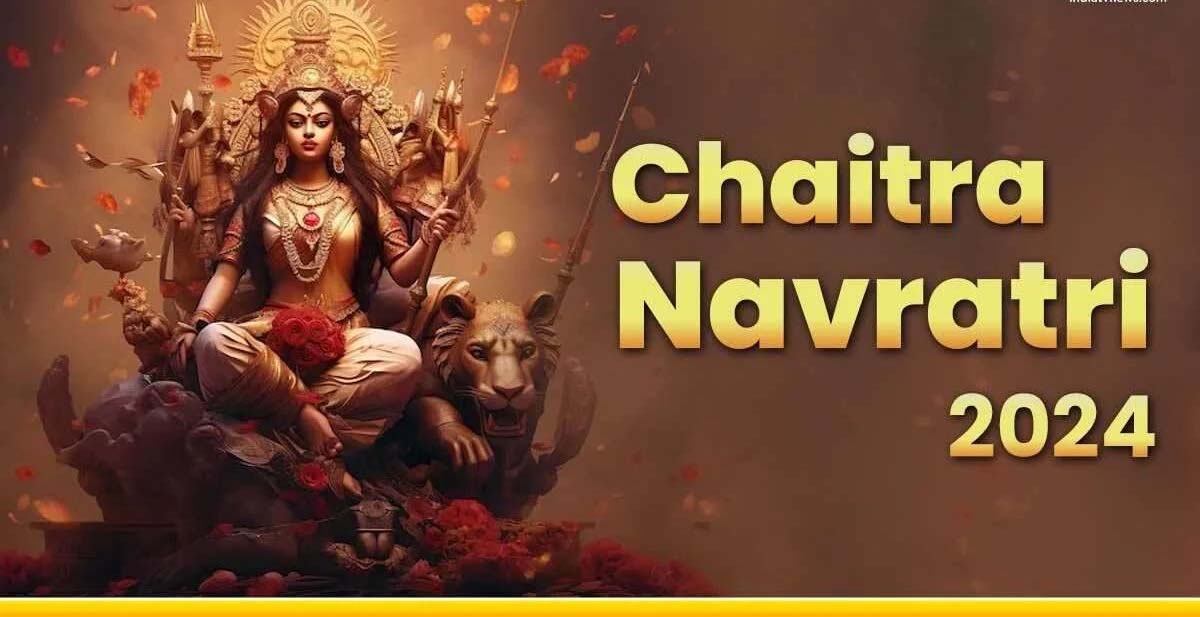The festival of Navratri, commemorating ‘nine nights’, emerges as a dynamic celebration embraced with piety and passion throughout India and amongst the Hindu community worldwide. Chaitra Navratri, observed in the Hindu lunar month of Chaitra (March-April), holds deep-rooted customs and spiritual significance.
Over the course of these nine days, homage is paid to Goddess Durga and her diverse manifestations, symbolizing the victory of virtue over vice. The commencement of the festival falls on April 9 (Tuesday) and extends until April 17. Moreover, Chaitra Navratri heralds the inception of the Hindu New Year in several regions of India.
Significance of Chaitra Navratri
Chaitra Navratri, hailed as an auspicious period for inner purification, revival, and seeking divine blessings, captivates the attention of northern India. Enthusiasts draw inspiration from the legendary battle and triumph of Goddess Durga, portrayed as the beacon of illumination amidst darkness, righteousness prevailing over malevolence and enlightenment over ignorance.
Each day of Navratri is associated with a distinct hue, which varies across different locales but commonly includes shades of red, yellow, orange, pink, purple, and white. Adherents attire themselves in garments corresponding to the designated color of the day as an expression of reverence.
Rituals Encompassed in Navratri
During Chaitra Navratri, devotees partake in a multitude of rituals. These encompass fasting, supplication, contemplation, and participation in elaborate ceremonies held at temples dedicated to Goddess Durga. Each day is aligned with one of the nine incarnations of the Goddess, collectively known as Navadurga. These manifestations epitomize various virtues and facets of feminine energy.
The nine forms encompass Ma Shailputri, Ma Brahmacharini, Ma Chandraghanta, Ma Kushmanda, Ma Skandamata, Ma Katyayani, Ma Kaalratri, Ma Mahagauri, and Ma Siddhidatri.
Culmination of Chaitra Navratri
Ram Navami, the culminating ninth day commemorating the birth of Lord Rama, an embodiment of Lord Vishnu, marks the culmination of the nine-day festivities. Distinctive prayers, chants, and offerings serve as notable features of the penultimate day. Devotees entreat for prosperity, felicity, and spiritual enlightenment through divine benediction.









